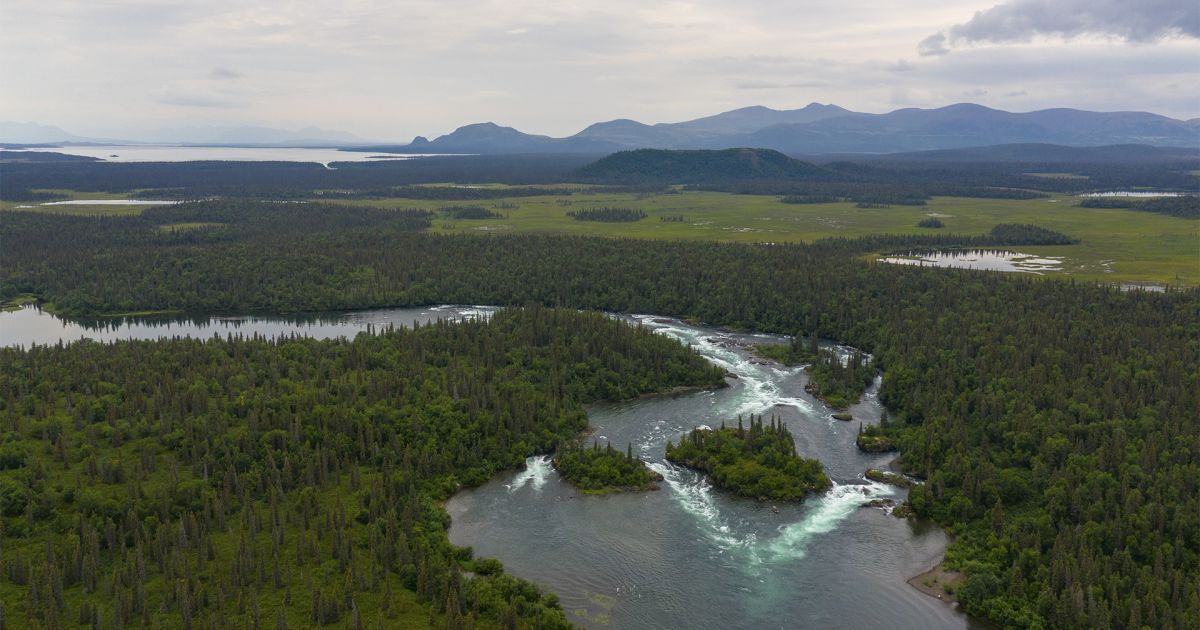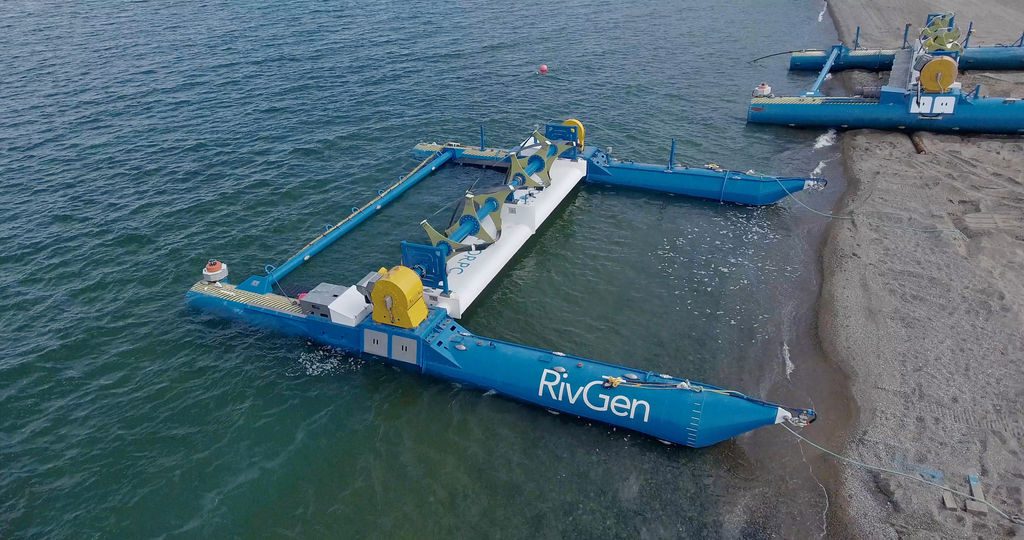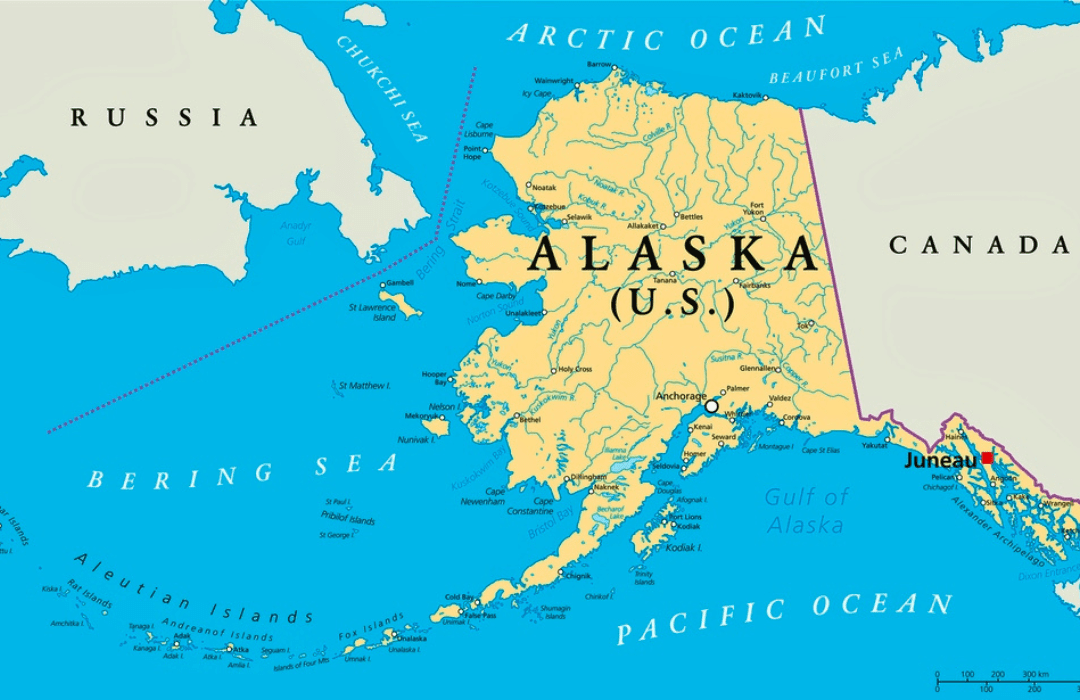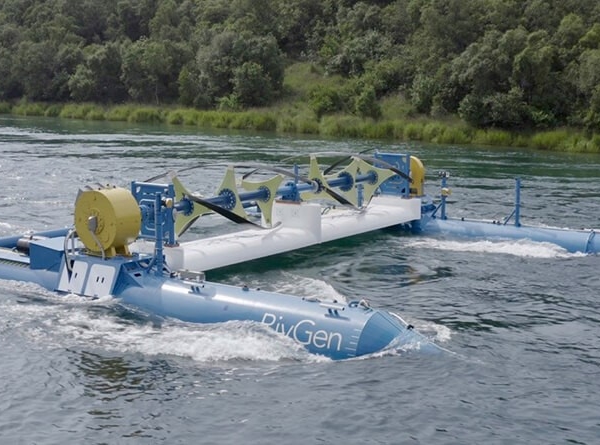One of the nicknames for the state of Alaska is “The Last Frontier,” and for the waterpower sector, the frontier means opportunity.
With significant projects like Grant Lake Hydroelectric Project, Homer Electric Association’s proposed 5 MW facility that would generate 18,600 megawatt hours, or the 12-MW Nuyakuk River Hydroelectric Project that will benefit remote communities by replacing 1.5 million gallons of diesel annually, Alaska is ripe with development.
Spurred on by the challenges posed by the Alaskan landscape and harsh weather conditions, the state is home to innovators running marine energy test sites, utilities maintaining transmission lines spanning islands, and hydropower projects still in operation after more than a century.
In celebration of both the opportunity and proud tradition of waterpower throughout the state, the National Hydropower Association will hold its Alaska Regional Meeting in Ketchikan from August 15-16 in partnership with the Alaska Power Association (APA). Then, from August 16-19, also in Ketchikan, the Alaska Power Association will hold its Annual Meeting and the ARECA Insurance Exchange Annual Meeting. The Annual Meeting is gathering place for Alaska’s electric utilities, and it features informative presentations, networking opportunities, and space for collaborative meetings with the expressed goal of advancing the industry that powers the state.

WHAT’S HAPPENING IN ALASKA?
Alaska offers unique potential for waterpower development, and while the landscape poses some challenges – such as isolated communities and intense winters that can damage equipment – the adage, “If it works in Alaska, then it can work anywhere,” holds true.
With 30% of Alaska’s power coming from hydro, communities across the state have relied on the renewable technology for decades. Yet, some Alaskan villages are remote and community power needs are still being met by diesel, thus many opportunities exist to build new waterpower projects to replace fossil fuel usage.
Take the Nuyakuk River Hydroelectric Project, for example. This proposed run-of-river concept, with the potential to generate 12 MW of clean, renewable power, would replace 1.5 million gallons of diesel fuel annually. Connecting the communities of Dillingham, Alekangik, Koliganek, New Stuyahok, Elwok, and Levelock, the project would also support the electric and communications needs of Bristol Bay’s wild salmon industry. In 2022, Alaska Governor Mike Dunleavy proposed $15 million in funding for 14 recommended projects, including $1 million for the Nuyakuk River Hydroelectric Project, which is run by the Nushagak Electric and Telephone Cooperative. With plans to file a FERC license application in early 2023, the Nuyakuk River Hydroelectric Project will begin construction in 2026 with an estimated completion date of 2028.

Joining other hydropower projects in Alaska, Nuyakuk River could become part Alaska’s legacy of hydropower fleets, reducing electric rates, lowering dependence on fossil fuels, and cutting carbon emissions. With some facilities in the state still in operation after a hundred years, the reliability of hydropower in Alaska cannot be ignored.
Projects like Nuyakuk River Hydroelectric Project are more than development opportunities — they offer tangible, collaborative ventures for community stakeholders and innovative technology developers, allowing them to benefit from both research and application.
One great example of this collaborative effort is exemplified by the marine energy projects in Alaska’s Cook Inlet. Possessing one of the greatest tidal energy resources on Earth, with currents that can stream in and out at 9 mph, the inlet has the capacity to power 7.5 million homes.
Recognizing the potential of Cook Inlet, the ORPC, with the assistance of the U.S. Department of Energy’s Water Power Technologies Office, partnered with Igiugig Village Council to address their energy needs. The result was a device designed to produce energy from the currents in the Kvichak River, resulting in the RivGen Power System. As of 2021, the fully submerged 35-kilowatt river energy device is the longest operating current energy converter in the U.S., and it provides half of Igiugig’s energy needs.

To champion the waterpower work in Alaska, the National Hydropower Association (NHA) is holding its Alaska Regional Meeting in Ketchikan on Monday, August 15, and Tuesday morning, August 16. Then, from August 16-19, also in Ketchikan, the Alaska Power Association will hold its Annual Meeting and the ARECA Insurance Exchange Annual Meeting.
“The Alaska Regional Meeting is an important chance for hydro project owners, developers, service and product suppliers, and representatives from state and federal governments to come together to learn more about the issues affecting the region while developing a deeper understanding and appreciation for the state’s hydropower potential,” says Will Pisano, NHA’s director of government affairs and the person responsible for leading development of this year’s meeting agenda. “The agenda development was a group effort by the meeting’s steering committee, made up of asset owners and developers in Alaska, Alaska power associations and other non-profit entities, and representatives of the service and/or product suppliers sponsoring the meeting.”
Review the agenda here.











